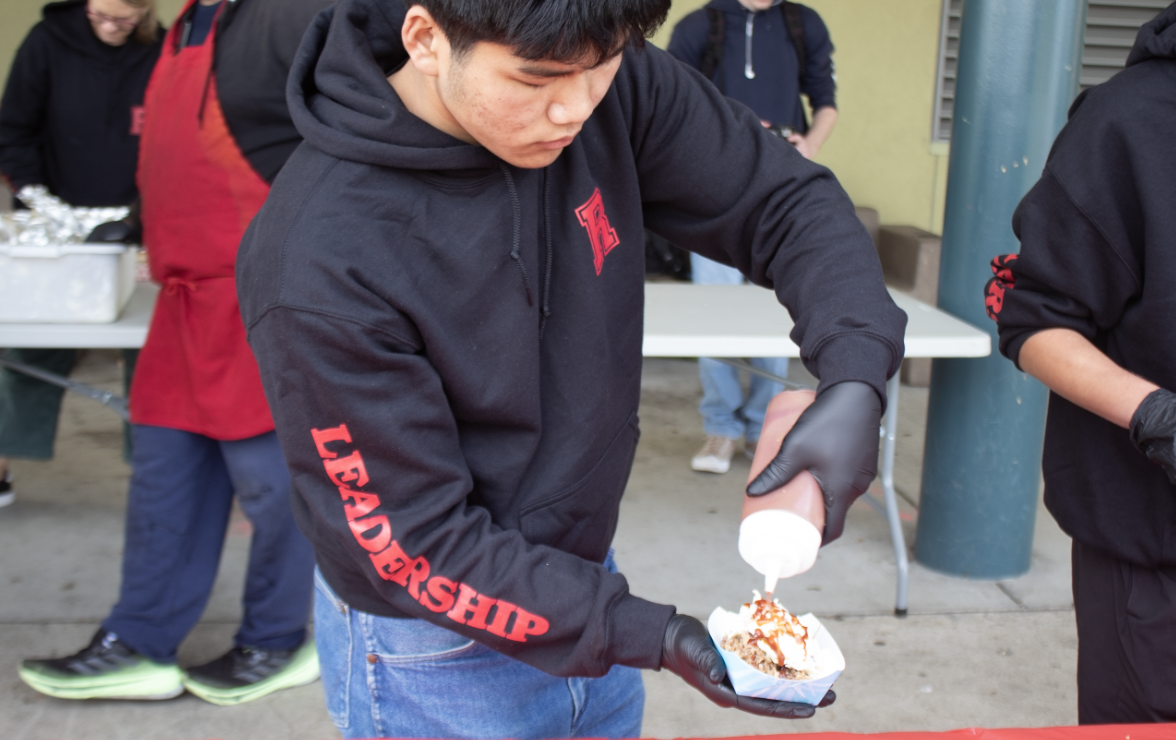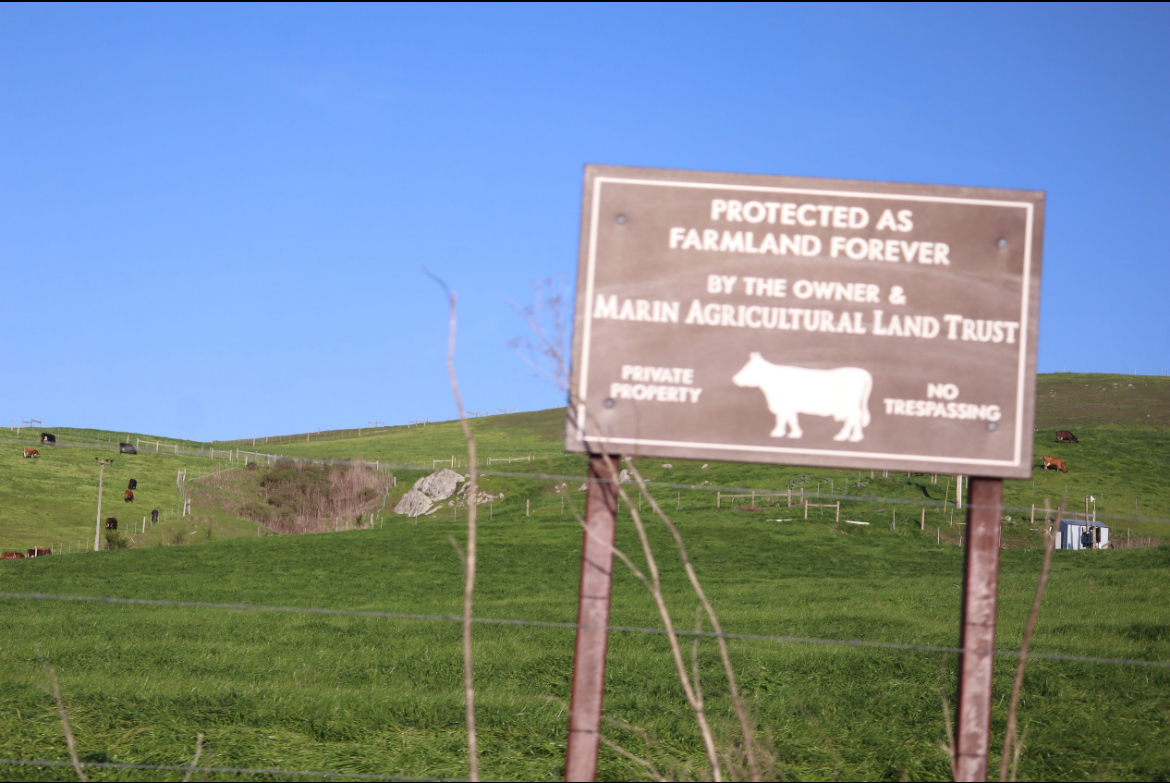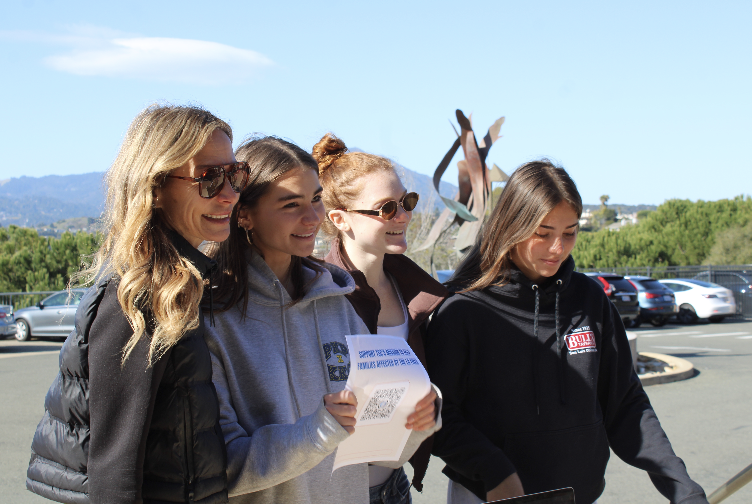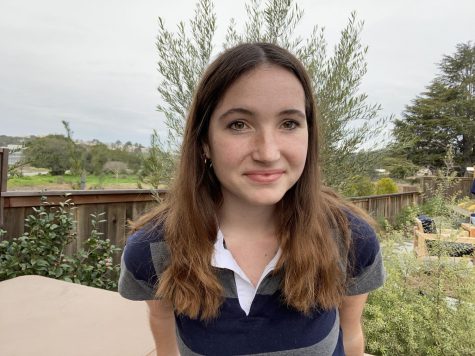The sun sets through scattered fog as the first night of the Mill Valley Film Festival (MVFF) springs to life. The Larkspur Landing Theater fills with an animated crowd, each person hurrying to be first in line to claim a seat. Volunteers hand out tickets, marking the beginning of the nearly two week-long event from Oct. 3 to 13.
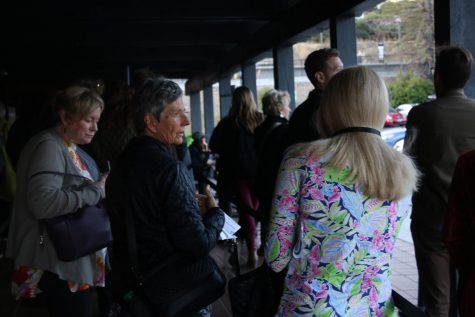
The festival has served as an educational platform for Redwood students in the past, typically headed by Joanne Parsont, a Director of Education with the California Film Institute. Last year, English 1-2 classes went to a viewing of “The Hate U Give” at MVFF in correlation with their study of the novel. Despite Redwood’s decline to visit this year, the festival remains open for students to access outside of class. Focus programs highlighting common themes in select films are employed by the festival to advertise works from lesser-known filmmakers and locations. The festival’s “Eye on Sweden” focus program showcases modern Swedish films such as “Scheme Birds,” “And Then We Danced” and “Amateurs.”
Karen Davis, senior film programmer for the festival, has been working in international cinema for the past 12 years. Her work for MVFF primarily consists of assisting with selecting lineups and finding common points of strength in upcoming films.
“As a team, we meet at least once a week to talk about the trends, topics and the regions that appear to be really strong in this year’s films. Some of them come from filmmakers that send [their films] to us and some of them we get from going to international festivals,” Davis said.
According to Davis, “Eye on Sweden” films were brought to an American festival through MVFF’s collaboration with the Swedish Film Institute and its head, Anna Serner.
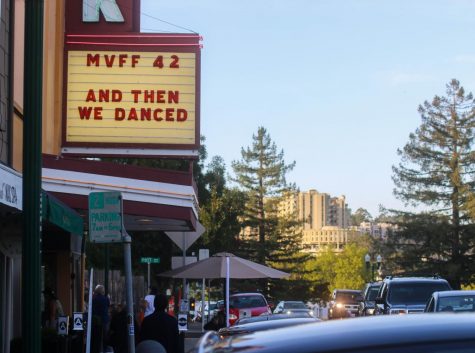
“[Serner] has oversight for all of the Swedish films, and she is also a leader in gender equity initiatives,” Davis said. “We are bringing Anna to the Mill Valley audience to speak about these things––equity in the creative and financing process of filmmaking.”
To show such speakers and films, the festival uses local theaters such as the single-screened Lark Theater in downtown Larkspur. Though the festival uses the theater as a host rather than a collaborator, it mirrors programs the Lark offers called “mini festivals,” which are held throughout the year and highlight certain topics that are apparent in multiple films. Ellie Mednick, an executive director at the Lark Theater, works heavily in the production of daily Lark programs on its single screen.
“The quality, stories and just the whole value of films are not as good as they once were,” Mednick said. “In order for us to survive with one screen, we have to be [a resource] to many people.”
Through the utilization of local theaters, the California Film Institute provides resources for Redwood students to appreciate film. David Minhondo, teacher of the History and Appreciation of Film class, feels that the festival’s value lies in promoting works rarely seen at the box office and bringing them into the spotlight.
“Movie theaters are like pop music, and film festivals allow people to go outside of pop. You can see all these subgenres, approaches, different actors and people you’re not familiar with seeing,” Minhondo said. “When students get to expand their knowledge about film––how it’s made, its approaches and all the things that go into it––one, you get an appreciation for it, and two, you get to see film in a different way.”

